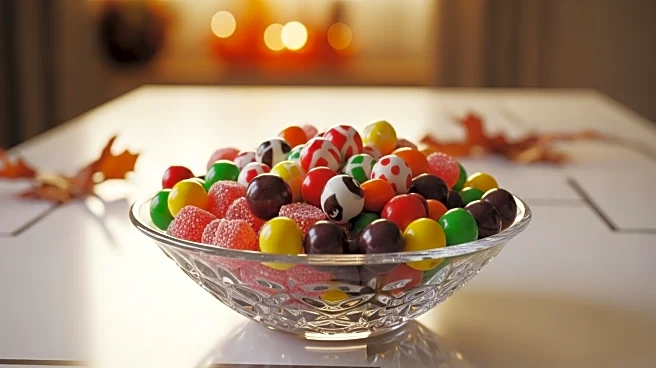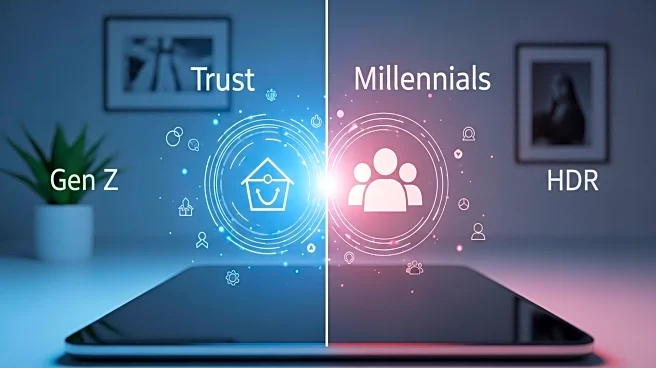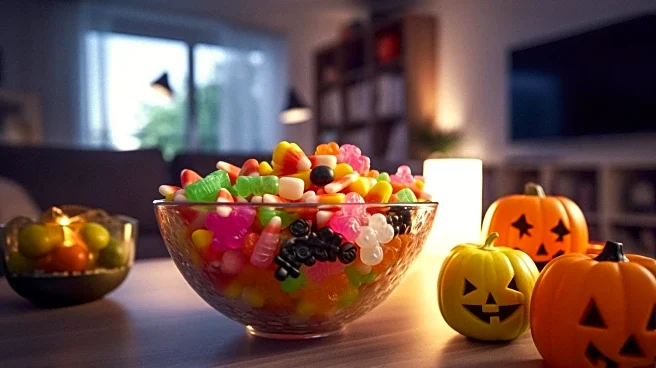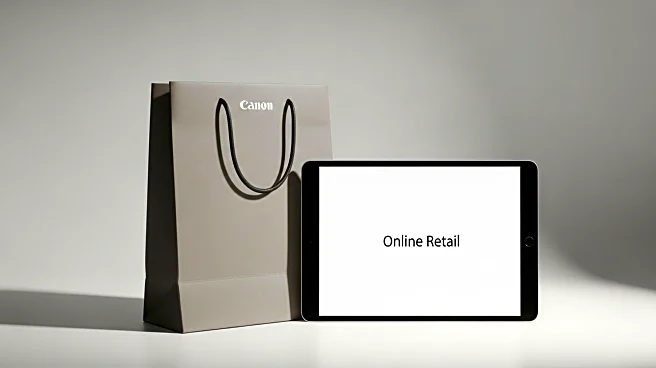What's Happening?
The Halloween candy market has become a significant driver for the confectionery industry, with sales reaching $24 billion globally and projected to grow to $37 billion by 2032. Gen Z and Millennials are increasingly participating in Halloween festivities, driving demand for bold and novel flavors. Chocolate remains the dominant choice, accounting for over 50% of the market share. Brands are innovating with themed treats and health-conscious options to cater to diverse consumer preferences. E-commerce has reshaped purchasing habits, offering convenience and personalized promotions.
Why It's Important?
The growth in Halloween candy sales highlights the evolving consumer behavior, particularly among younger demographics. This trend presents opportunities for confectionery brands to expand their market reach and innovate product offerings. The emphasis on health-conscious options reflects a broader shift towards wellness in consumer choices. The rise of e-commerce as a key sales channel underscores the importance of digital strategies in reaching a global audience and driving sales. Brands that successfully balance indulgence with nutrition are likely to see sustained growth.
What's Next?
Confectionery brands are expected to continue innovating with new flavors and themed collaborations to maintain consumer interest. The focus on health-conscious alternatives will likely grow, with brands reformulating classic items and launching new lines. E-commerce will remain a crucial channel, with brands leveraging data analytics for personalized marketing. As Halloween evolves into a multi-generational retail event, brands will need to adapt their strategies to cater to diverse consumer segments and preferences.
Beyond the Headlines
The Halloween candy market's growth reflects broader cultural shifts, with Halloween becoming a major commercial holiday. This trend highlights the intersection of tradition and transformation in consumer celebrations. The emphasis on health-conscious options raises ethical considerations about balancing indulgence with wellness. The role of e-commerce in reshaping purchasing habits points to long-term changes in retail strategies and consumer engagement.











